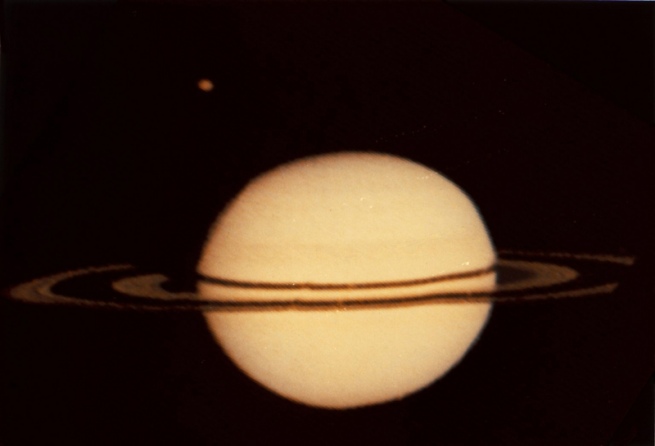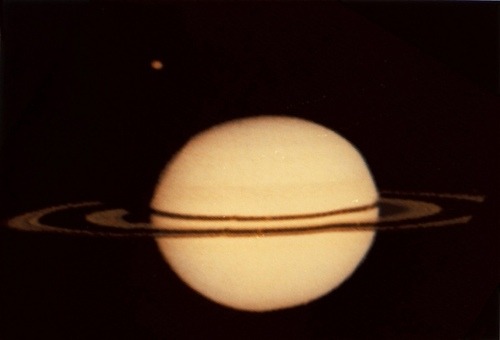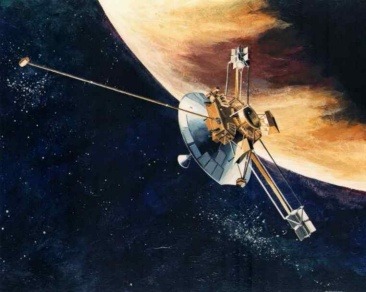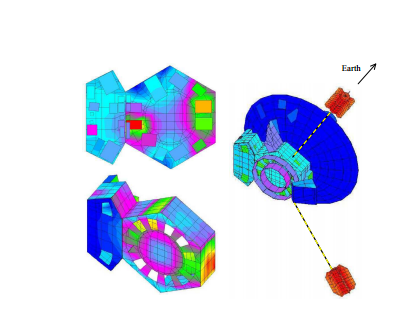Pioneer anomaly explained?

Pioneer 10 and 11 unveiled the solar system during the golden-age of robotic exploration. Their missions were a success; Pioneer 10 threading the asteroid belt to provide our first close view of Jupiter and its moons, Pioneer 11 catapulting past Jupiter and foraying through the plane of Saturn’s rings.

The Pioneers, true to their name, kept travelling – out of the solar system – into space legend. We lost communication with Pioneer 11 in 1995, and with Pioneer 10 in 2003 when it had reached a distance 80 times further than the Earth from the Sun. Some years prior to this, when the probes had traveled only one quarter of this distance, scientists realized both were thousands of kilometres closer to the Sun than expected.

Space exploration depends on precise measurements of every factor involved in the mission – particularly distance. Beams of radio waves were sent and bounced off the Pioneer spacecraft to measure the probes’ movement. The distance to the spacecraft and its speed were calculated from the photons’ round trip time and their Doppler shift (the frequency change you hear as an ambulance siren approaches and then recedes from you).
Gas leakage, measurement error or other mundane reasons might explain the Pioneer anomaly. Heat, unevenly radiating off the probes, slowing their voyage, is proposed by Jet Propulsion Lab scientists, in a new Physical Review Letters article, to account for the anomaly. After constructing a finite-element thermal model of the two spacecraft, the authors modeled the effects of thermal recoil forces on Pioneer 10 at various distances from the Sun.

A second paper in a sister journal, Physical Review D, proposes a totally different cause and conclusion. Flat (neither expanding nor contracting) background spacetime with a solar system gravitationally isolated from the rest of the Universe is the cornerstone of current theory. The new study extends this theoretical concept, formalizing the description of particles and photons moving in the gravitational field of a localized astronomical system now embedded in an expanding universe.
The proposed changes to the astrophysics theory are mathematically complex, the paper is densely populated with “post-Newtonian cosmological field equations” – the conclusions though are emphatically clear. Terms, proportional to the local expansion of the universe, are missing from the equations of light propagation currently used by space navigation centres for fitting distance and speed observations of satellites and celestial bodies. With this correction the Pioneer anomaly disappears; the photons were moving faster than expected from the theory, the spacecraft were actually travelling the correct speed.

So which of these two competing papers explains the Pioneer anomaly? Which will solve this nagging problem and be of benefit to future interstellar travel? We may need to wait beyond 2015 to find an answer. With no new Pioneer data, proof will rely on measurement from NASA’s New Horizons mission, launched in 2006 and set to reach Pluto in 2015.
Orrman-Rossiter K (2012-10-22 00:34:26). Pioneer anomaly explained?. Australian Science. Retrieved: Jul 09, 2025, from https://ozscience.com/space/pioneer-anomaly-explained/
 Follow
Follow
1 thought on “Pioneer anomaly explained?”
Comments are closed.